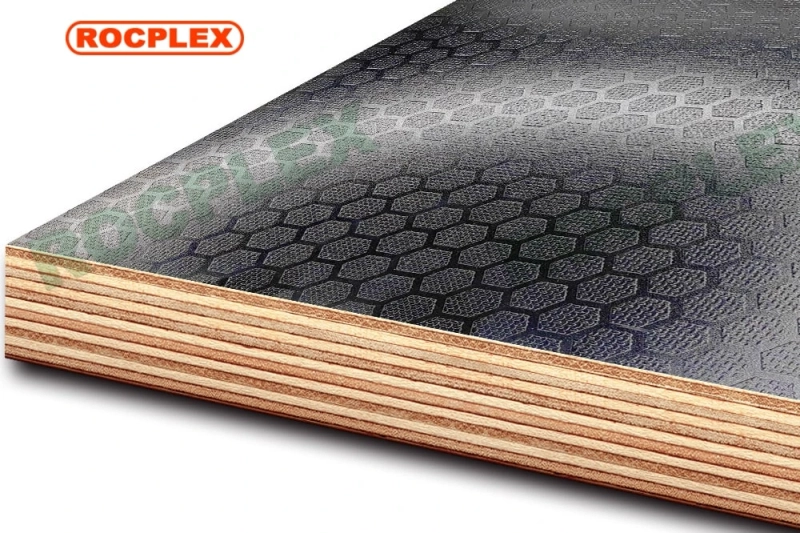Introduction
In the world of woodworking, one material stands out as a versatile and widely-used option: Medium Density Fiberboard (MDF). This engineered wood product has gained immense popularity due to its affordability, uniformity, and ease of use. In this comprehensive guide, we will delve into the intricacies of MDF, exploring its composition, advantages, applications, and tips for working with it effectively.
What is MDF?
Medium Density Fiberboard, commonly known as MDF, is a composite wood material made from wood fibers bonded together with adhesive resins under heat, pressure, and precise temperature control. These fibers are obtained from wood chips, shavings, and sawdust, often sourced from softwood species like pine or hardwoods like birch. The resulting sheet material is dense, smooth, and highly consistent in both thickness and density.
Composition of MDF
Wood Fibers:
The primary component of MDF, wood fibers, are finely shredded pieces of wood obtained from various sources in the lumber industry. These fibers are chosen for their uniform size and shape, ensuring a smooth and consistent finish.
Adhesive Resins: The bonding agent that holds the wood fibers together is typically a synthetic resin, commonly urea-formaldehyde, phenol-formaldehyde, or melamine-formaldehyde. These resins provide the necessary adhesion and structural integrity to the final product.
Additives: Depending on the specific requirements of the end product, additives such as fire retardants, anti-fungal agents, and colorants may be included in the MDF mixture.
Advantages of MDF
Uniformity: Unlike natural wood, MDF is engineered to be consistent in both density and thickness. This predictability allows for precise and accurate cuts, making it a favorite among woodworkers for intricate projects.
Affordability: MDF is more cost-effective compared to solid wood or plywood, making it an economical choice for both professional woodworkers and DIY enthusiasts.
Smooth Surface: The fine wood fibers and resin composition result in an exceptionally smooth surface, perfect for painting, veneering, or laminating. This eliminates the need for extensive surface preparation, saving time and effort.
Stability: MDF is less prone to warping or shrinking compared to natural wood, ensuring that the finished product maintains its shape and size over time.
Environmental Sustainability: By utilizing wood by-products and employing efficient manufacturing processes, MDF helps reduce waste and promote sustainable forestry practices.
Applications of MDF
Cabinetry: MDF is a preferred choice for kitchen and bathroom cabinets due to its smooth finish, stability, and cost-effectiveness.
Furniture: It is widely used in the production of furniture pieces like tables, chairs, and bookshelves. Its consistent density allows for intricate designs and seamless joinery.
Architectural Details: MDF is employed in creating moldings, baseboards, and trim work due to its ability to hold intricate shapes and patterns.
Panels and Shelving: MDF panels find application in wall paneling, wainscoting, and shelving units, offering a smooth and uniform surface for finishing.
Working with MDF: Tips and Techniques
Cutting and Shaping: MDF can be easily cut and shaped using standard woodworking tools. However, it is important to use a sharp blade to achieve clean edges, and to work in a well-ventilated area due to the fine dust it generates.
Edge Sealing: Since MDF is prone to moisture absorption, it is crucial to seal its edges with a suitable primer or edge banding to prevent swelling or delamination.
Finishing: MDF readily accepts paint, veneer, or laminate finishes. Prior to finishing, ensure the surface is smooth and free from dust or imperfections.
Safety Measures: When cutting or sanding MDF, wear a dust mask and work in a well-ventilated space to avoid inhaling fine particles.
Conclusion
Medium Density Fiberboard (MDF) has revolutionized the woodworking industry with its versatility, affordability, and consistent quality. Its adaptability to various applications, combined with ease of use, makes it a staple in workshops worldwide.
By understanding its composition and employing proper techniques, woodworkers can unlock the full potential of this engineered wood product, creating stunning and durable pieces for a wide range of purposes. Embracing MDF opens up a world of possibilities, allowing craftsmen to bring their visions to life with precision and finesse.


